Since its Netflix debut, When They See Us has received wide acclaim for its sobering and unflinching look at the ordeal of the Central Park 5, five youths who were coerced into confessing to the violent rape of a jogger and subsequently convicted of the crime. The series follows the five from the night of the crime to their eventual exoneration some fourteen years later. Systemic Racism in the American Criminal Justice System has long been the topic of discussion and dramatization. It had, as a matter of fact, been handled before in a similar film about a similar case.
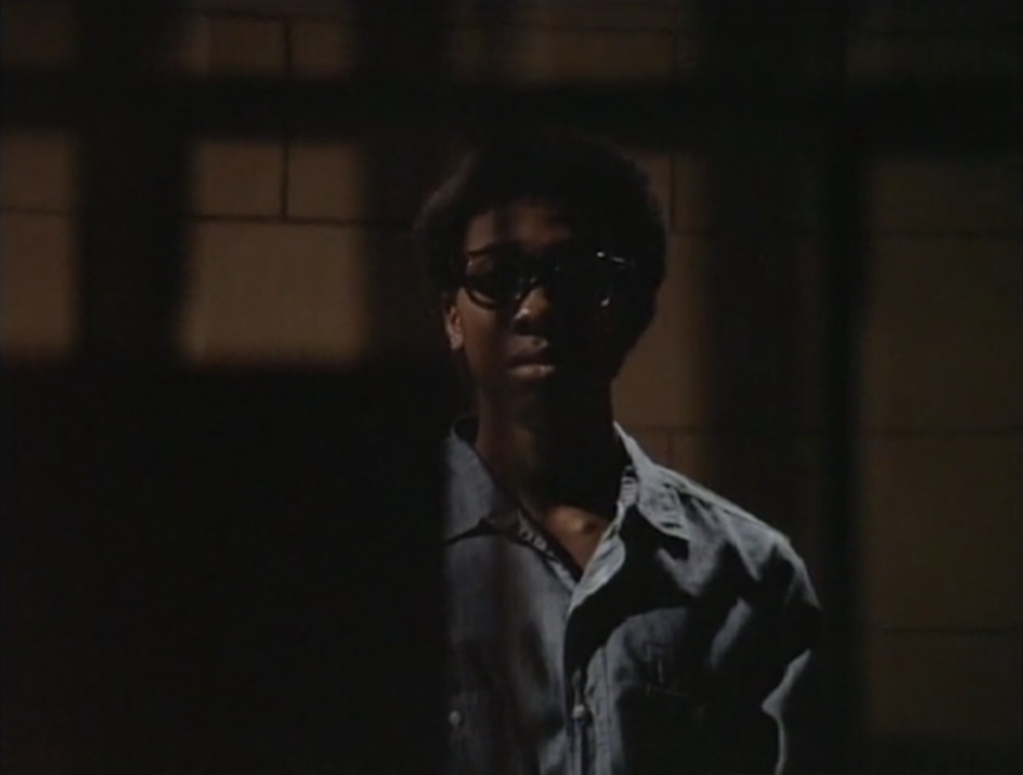
The falsely accused Lewis Humes sits in prison in ‘The Marcus Nelson Murders.’
The Marcus Nelson Murders aired on CBS in 1973. Similar to When They See Us, this film was based on a true story of the Wylie-Hoffert murders where two women who were raped and killed in their apartment. Police subsequently coerced a confession out of George Whitmore Jr, a young black man, before it was eventually discovered that another man, Richard Robles, actually committed the crime. Whitmore’s treatment by police was one of the cases that lead the Supreme Court’s Miranda decision, designed to protect the rights of the accused. Both this film and When They See Us attempt to shed light on the Criminal Justice system’s unfair treatment of minorities, though looking at how each goes about this mission does show how our views on the subject have changed.
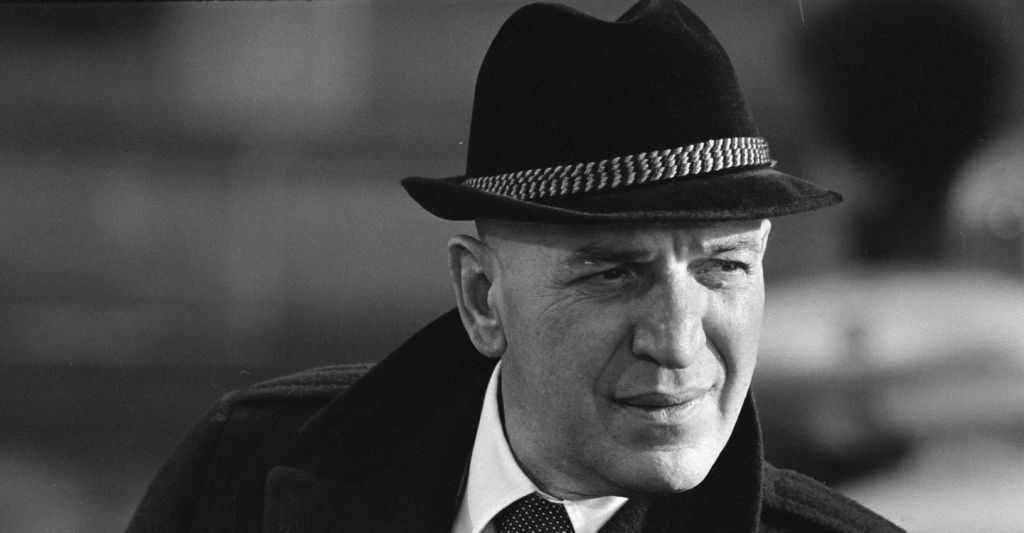
Telly Savalas as Theo Kojak, the protagonist of ‘The Marcus Nelson Murders.’
While When They See Us presents a fairly accurate depiction of events, The Marcus Nelson Murders takes a few liberties, changing the names, combining characters and streamlining events to move the story along at a quicker pace. Whitmore for instance became Lewis Humes, a struggling artist trying to make ends meet. These changes also lead to the creation of Theo Kojak, a detective who served as an amalgamation for the police and lawyers who discovered the coerced confession. Kojak proved so popular that he got his own highly successful television series, which ran for 118 episodes throughout the 70s. This is perhaps the first big difference between the two stories. Marcus Nelson is the story of a cop becoming disillusioned with the justice system. When They See Us is all about the accused.
Lewis Humes is given a significant amount of screen time in Marcus Nelson, but make no mistake. The focus is absolutely on Kojak. The 1973 TV movie is a story of disillusionment. Kojak is an idealist who believes in what he’s doing, until he gets a sobering dose of reality. Upon discovering the systemic racism in his department, Kojak attempts to thwart the efforts of his bigoted co-workers to vindicate an innocent man, and hopefully find the real killer in the process. It’s an important and well intentioned film, but it also shows a great deal of restraint. We’re not with Humes through most of his ordeal, but with Kojak as a fellow observer. When They See Us goes all the way, following not a heroic cop, but the falsely accused victims of the case.
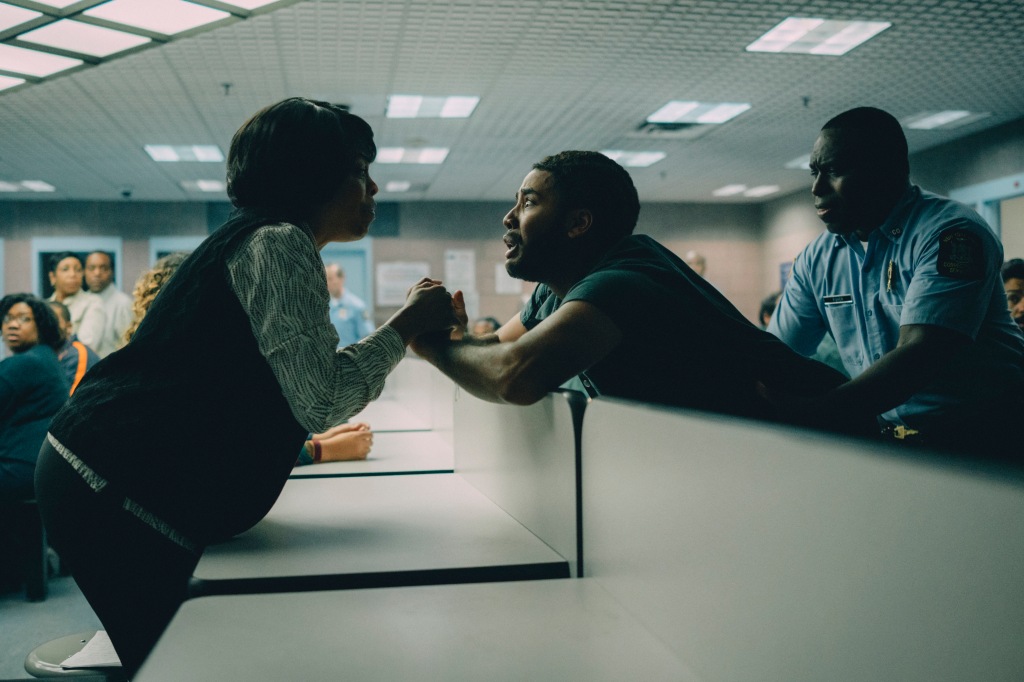
Korey Wise pleads with his mother during a visitation in prison in ‘When They See Us.’
When They See Us rarely lets us leave the five. We’re with them in their homes, their cells, even in their minds and memories. Korey Wise is given the most attention. Wise, the eldest of the five, was the only one to stay in an adult prison, only released when the real perpetrator confessed. His harrowing ordeal takes up most of the final episode on the four part miniseries, following abuse by guards, attempted killings by inmates, and long hours in a cramped, overeating cell in solitary confinement. In one especially powerful sequence, Wise fantasizes about what his life would have been like had he decided not to go to the park, and dreams of a date on Coney Island. The Marcus Nelson Murders only allowed viewers to witness injustice against Humes. When They See Us forces viewers to endure it on a deeply personal level.
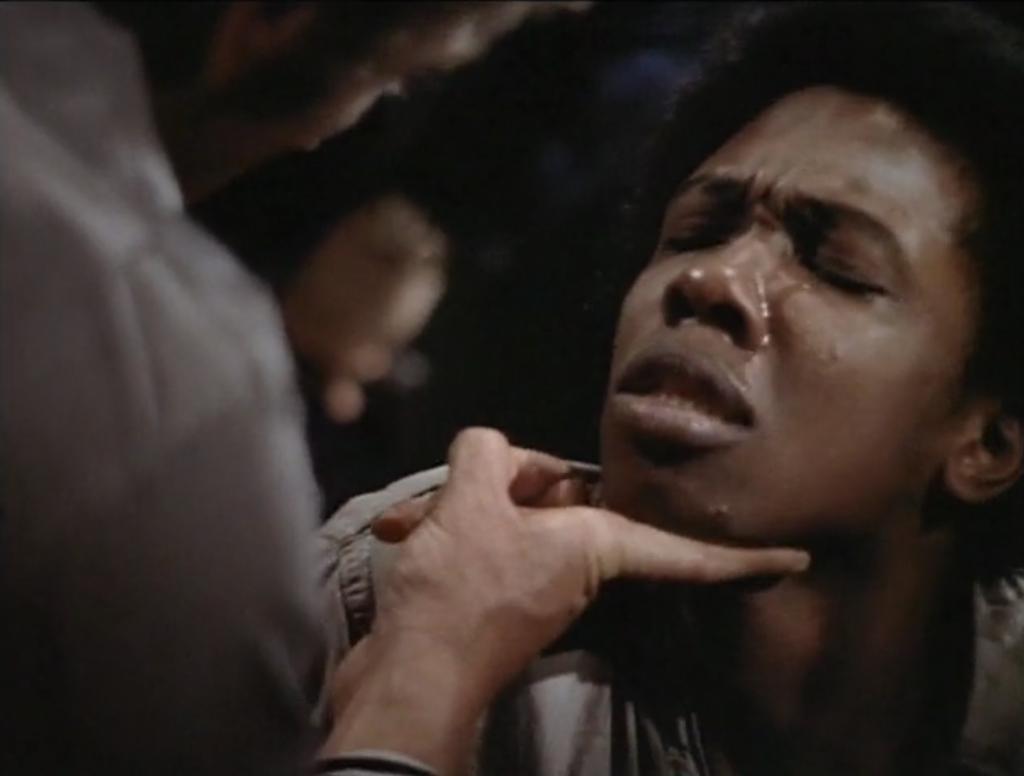
Humes is abused and threatened by police in ‘The Marcus Nelson Murders.’
While Humes isn’t given the same focus as the protagonists of When They See Us, crucial points of his ordeal are still shown. We see clear evidence that Humes was doomed from the start, from police immediatly fingering him as a suspect to a faulty lineup. The film also shows clear evidence of racism by certain police officers, most notably one played by Ned Beatty. Still, the film does flinch when it comes to physical violence committed against Humes, perhaps due to more strict censorship on television at the time. We are only shown a brief segment of Humes being physically abused by police, and even then it’s only in flashback.

Antron McCray is abused by police in ‘When They See Us.’
When They See Us doesn’t offer the viewers any such shield. We’re with the five during their interrogations, and are forced to watch every lie, every shout, and every blow. Unlike Marcus Nelson, When They See us doesn’t flinch. Doing so forges a greater empathy, and moral outrage, in the viewer.
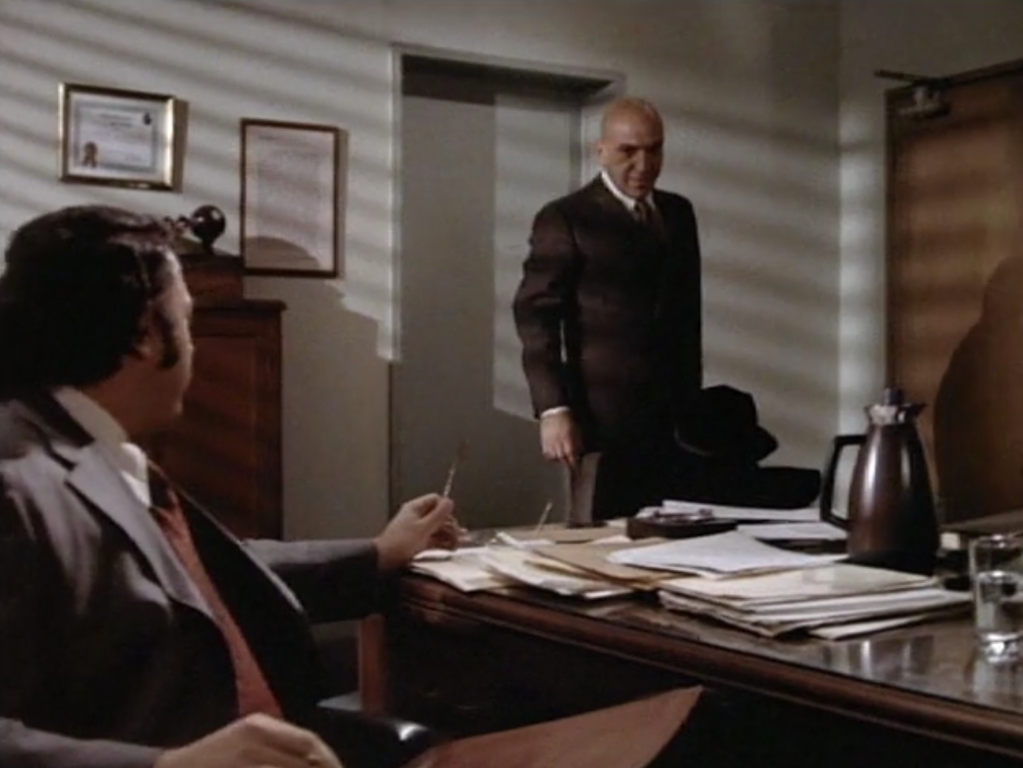
Kojak confronts the district attorney about his handling of Humes’ case in ‘The Marcus Nelson Murders.’
Another key difference is the portrayal of police and the justice system in both films. In The Marcus Nelson Murders, it’s through Kojak that we learn something is amiss with the Humes case, rather than Humes himself. Kojak discovers how corrupt the system is, and works tirelessly to prevent it from destroying Humes’ life. Kojak becomes a police for the police, questioning his fellow officers, learning the scope of their wrongdoings, and trying to set things right. This film is about the system policing itself. There are sadly few such voices of reason in When They See Us.

Raymond Santana, Yusef Salaam, Korey Wise, Kevin Richardson and Antron McCray celebrate their exoneration in ‘When They See Us.’
One of the most troubling things about this case is it wasn’t due to a tireless investigation by police and attorneys that the Central Park 5 were finally vindicated. Rather, it was a confession by the actual attacker that lead to the DNA match that cleared them. Throughout their ordeal, the guilt of the five is never questioned by those within the system, from correctional officers to parol board members to those who handle the registration of sex offenders. This unflinching belief in their guilt gave the actual rapist free reign over New York, which only ended after the brutal rape and murder of a mother of two. Marcus Nelson attempted to reassure viewers that the system keeps a close watch over itself, and sometimes that’s true. If only it were true for McCray, Richardson, Salaam, Santana or Wise.

A dejected Kojak sits alone in court after failing to free Humes.
Given the focus on police work verses the falsely accused, it could be easy to write off The Marcus Nelson Murders as an assurance that the system does work. The heroic cop saves the innocent minority and all is set right in the world. Surprisingly, like When They See Us, the system still fails in Marcus Nelson. Although Kojak is able to clear Humes for the double murder, prosecutors still insist on charging him with an unrelated crime for the sake of their reputations. Kojak is helpless as Humes is tried and convicted on bogus charges, leaving him disillusioned with the system he swore to uphold.
This is perhaps the most uncomfortable parallel between Marcus Nelson and When They See Us. In spite of clear evidence of their innocence, prosecutor Linda Fairstein continues to defend herself and insists the five were at the very least guilty of the other attacks in the park. Her remarks hold an uncomfortable resemblance to those made by the prosecutor in Marcus Nelson, who deflects blame the exact same way. Humes is innocent of the big one, but he still has to be guilty of something. Disgusted, Kojak utters what may be the perfect summation of both cases.
You can’t admit to yourself that he’s innocent. You wanna know why? Because to admit it, you’d have to admit how corrupt you really are.
Theo Kojak

George Whitmore Jr, who’s case inspired ‘The Marcus Nelson Murders.’
The Marcus Nelson Murders chronicled a miscarriage of justice so powerful that it changed how the law operates, but these changes came too late for George Whitmore Jr. Traumatized by his ordeal, Whitmore succumbed to alcoholism, eventually dying at age 68. Systemic racism was on full display in The Marcus Nelson Murders, which proved highly successful and topical upon its release. But what viewers mistook for simple entertainment was in fact a warning to the audience. The system was still broken, and it needed to be fixed.
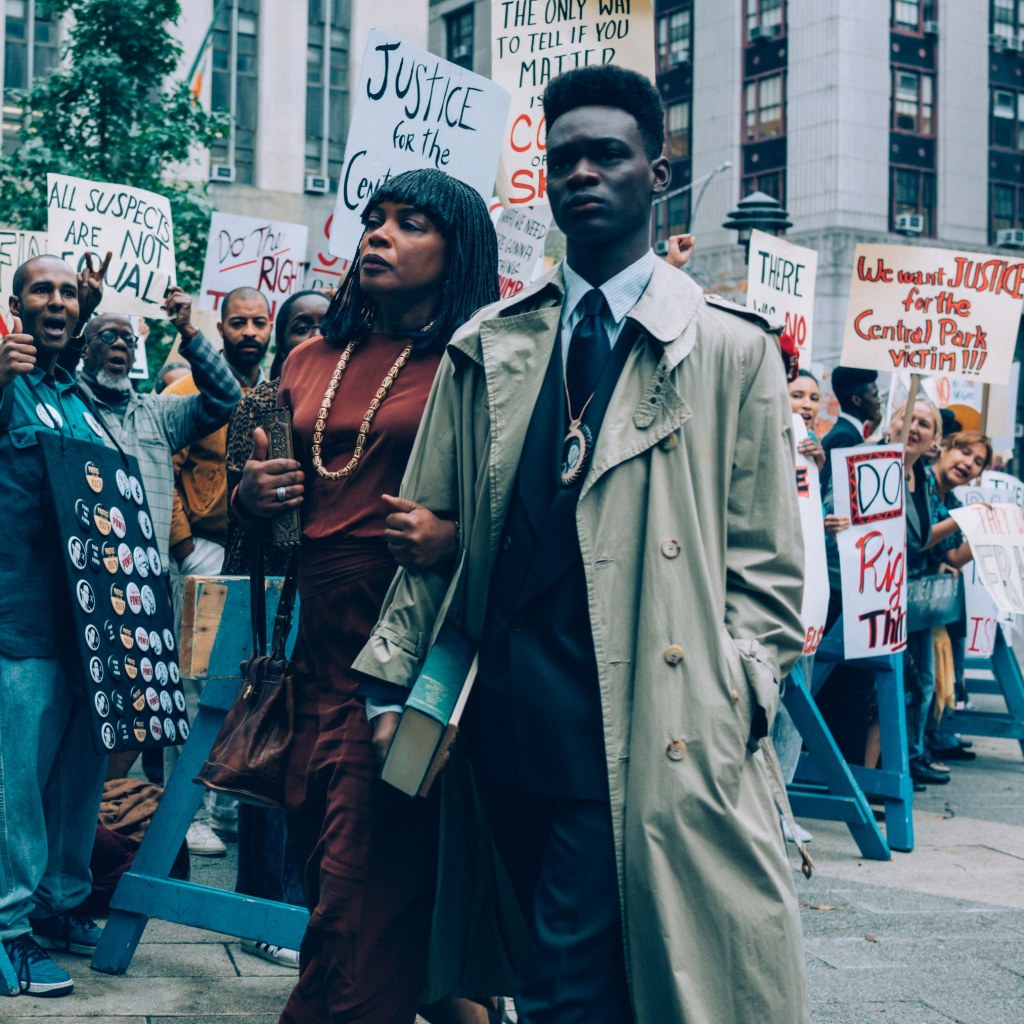
Yusef Salaam is confronted by supporters and accusers in ‘When They See Us.’
When They See Us carries the same warning. If it’s ignored, then the McCrays, Richardsons, Salaams, Santanas and Wises of the world will continue to be victimized. There are some signs that perhaps society is taking a step in the right direction. Unlike The Marcus Nelson Murders, When They See Us brought real, if limited consequences for some of those responsible for the crimes against the 5, so perhaps there’s cause for hope. But don’t become complacent. Society ignored the warning of The Marcus Nelson Murders, thus allowing the Central Park 5 to all become the next George Whitmore Jr.
If you like this article, feel free to check out these similar pieces by some of our top contributors.
‘Extremely Wicked, Shockingly Evil and Vile’ Is A Film About Denial

4 thoughts on “The Marcus Nelson Murders and When They See Us; Two Perspectives On A Broken System – ScreenHub Entertainment”